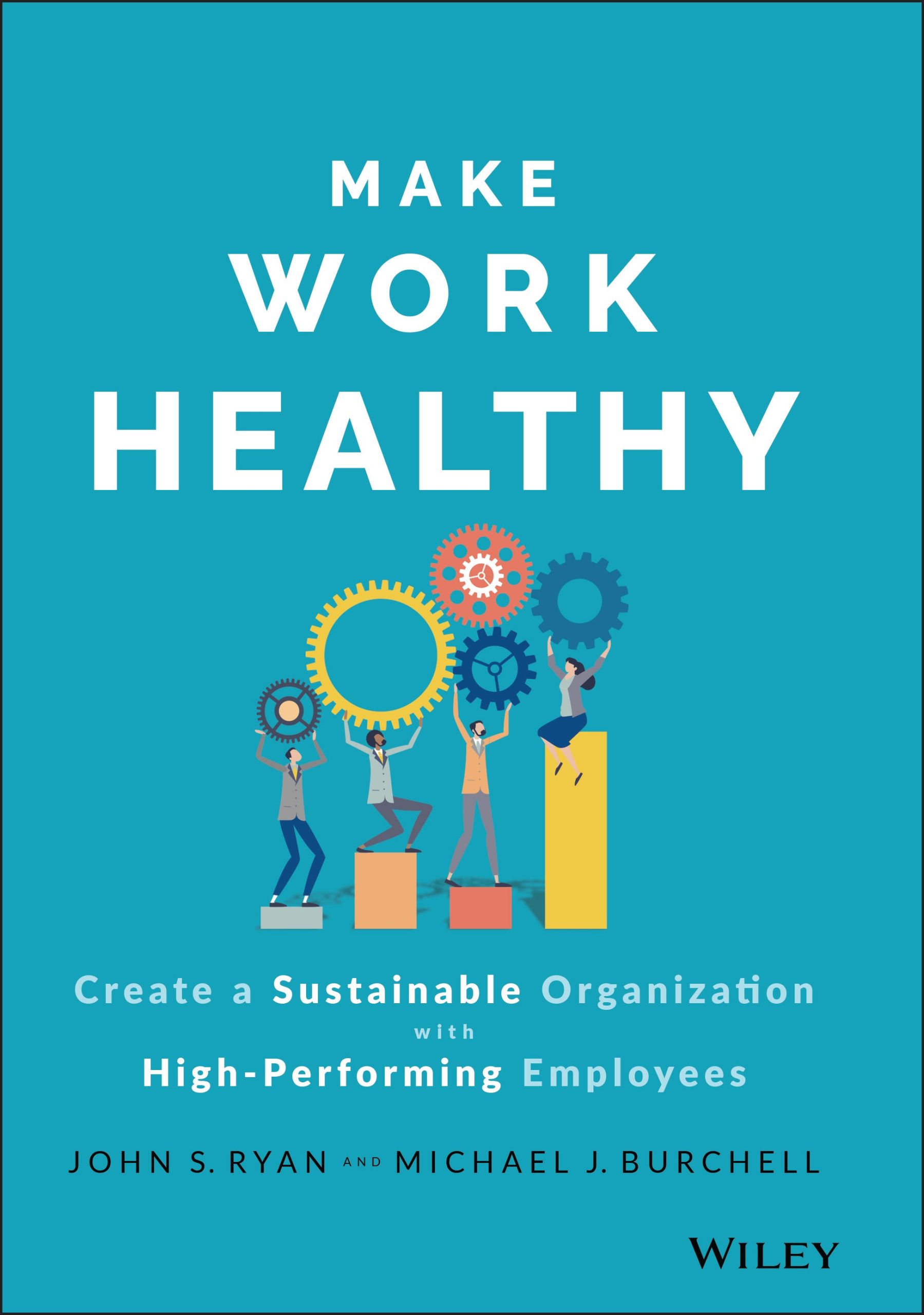As traditional ways of working evolve and change, creating healthier and more productive workplaces has never been more critical. In a somewhat crowded market, I found this book to be a refreshing and insightful guide for anyone looking to transform their approach to work and prioritise employee health and wellness.
The book begins by setting the stage for creating a healthy workplace, highlighting the pressing need for a partnership between employers and employees. One of the key stand-out features for me is the salutogenic orientation approach, which focuses on the origins of health rather than those of disease, as the foundation for their model.
There is no doubt that this book has been well-researched providing content that spans many different disciplines such as psychology, economics, and public health. It’s packed with relevant and compelling examples of good practice and comments from credible thought leaders, to illustrate how organizations can create a culture of health and wellness. The book not only explains arguments and frameworks but also provides actionable steps for the reader to follow. The steps outlined are data-driven, systematic, and culture-based.
The book effectively tackles the workplace wellbeing challenges of our post-COVID era, and therefore is highly relevant to business leaders and HR professionals looking to manage remote working and support the mental health of employees. The book’s emphasis on diversity, equity, and inclusion as key components of healthy workplaces makes it all the timely and relevant.
There is a strong focus on the importance of creating a culture of health and wellness that prioritises employees’ mental, emotional, and social wellness, not just their physical health. The authors excel in providing a framework for tracking progress and evaluating the effectiveness of health-promoting initiatives. The book also highlights the importance of leadership accountability and communication to create a healthier and more inclusive workplace.
Overall, “Make Work Healthy” is an excellent resource for anyone looking to help and support employees to become healthier, happier, and more productive. However, be warned, this book will drive you to shift your approach to how well-being is managed in your business. It’ll make you question if HR is the right place for well-being to sit and challenge your thinking around the traditional norms that might have become established.
The book would be a valuable addition to any HR professional’s bookshelf and would undoubtedly be a valuable resource for any CEO and operational business leader too. It definitely makes my recommended reading list for the CEOs I work with.
This quote alone could be the wake-up call that changes how well-being and particularly a salutogenic approach to it is viewed in your organization.
‘You can’t be a healthy organization if you are full of unhealthy individuals, and you can’t be a healthy individual if you work in an unhealthy organization.’
If you’re looking to create a more inclusive, collaborative, and health-promoting workplace, this book might just be what you’re looking for. This is especially true if you’re ready to move beyond looking at well-being as a list of initiatives that are owned and led by HR.
Karen Beaven – Director – Reignite HR









